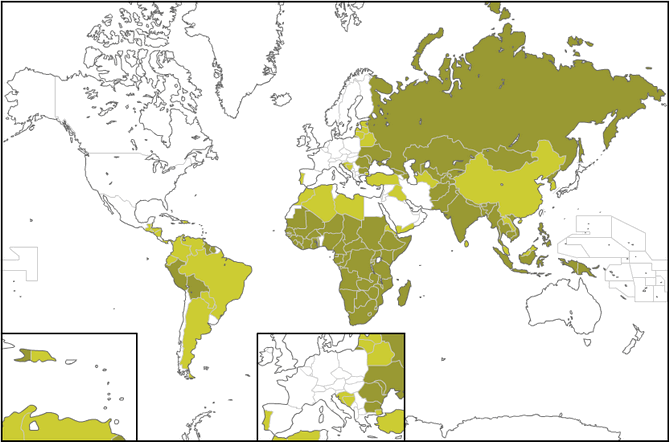Team:TU-Delft/HP
From 2012.igem.org


Snifferomyces - A Tuberculosis Screening Automaton
What is the use of technology, if it cannot contribute to improving human life? With this thought in mind, the TU Delft 2012 iGEM team, composed of students from the life sciences, bioinformatics, applied physics, aerospace, maritime, mechanical and chemical engineering disciplines decided to use the platform of synthetic biology, addressing a real challenge affecting millions of people .
Inspired by the sniffer rats trained to smell the presence of tuberculosis, the team decided to build an autonomous olfactory system to detect volatile compounds, by re-inventing man's oldest industrial microorganism, yeast, to provide for a non-invasive, rapid and cost-effective diagnosis system for tuberculosis.
What is Tuberculosis?
Tuberculosis is a bacterial infection that is spread through the air from one person to another. TB usually attacks the lungs, but can also attack other parts of the body, such as the brain, spine, or kidneys. TB bacteria can live in the body without making a person sick. This is called latent TB infection. People with latent TB infection do not feel sick, do not have TB symptoms, and cannot spread TB bacteria to others. Some people with latent TB infection go on to develop TB disease.
The problem
Lack of diagnostic capacity has been a crucial barrier preventing an effective response to the challenges of Tuberculosis (TB). In 2010, 8.8 million people were infected with TB and 1.4 million died from it. Over 95% of TB deaths occur in low -and middle- income countries where, standard TB diagnostic tools, that need to be used in a lab setting, pose major barriers for screening. This happens due to the costs and the time involved in the process.(according to World Health Organization).
Ways to Diagnose Tuberculosis
What would a test basis on our principle contribute
At the map below you can see the countries suffering from Tuberculosis. According to www.vaccinatiesopreis.nl the dark green refers to many cases of TB, the light green to less and the white to a few cases.
Example Mozambique
Mozambique ranks the 19th among the 22 Tuberculosis High Burden Countries 2011. First some facts and figures about Mozambique according to the WHO| Repeats | Temperature | Duration | |
|---|---|---|---|
| 5x | 95 | Melting | 2:00 |
One of our team members, Isabelle, traveled to Mozambique in 2011, accompanied by a lung physician. The lack of the diagnostic capacity is very clear at the hospital of Ilha de Mocambique. The picture is taken in july 2011.

Ilha de Mocambique has a population of 14.000 people.
Human practice
Our team focused on several part of the category called human practise. We were in a very good
collaboration with a MSc student in Educational studies named Amalia Ephrat. During the brainstorm
sessions the team helped her to observe collaborative learning activities.
We are also part of a documentary called Lab-Life, which is filmed by Frank Theys. In this
documentary he follows the daily life of the scientific research project of our team. For this
documentary an embedded humanist, Daan Schuurbiers was partly involved with our p roject. His
professional view on social sciences helped our team a lot.
Furthermore, during the European jamboree TUDelft 2012 iGEM team will organize together with the Rathenau
Institute a debate called Meeting of Young Minds. The subject of this debate will be the H5N1 virus
and wether the research manuscript should have been published. This will be a very interesting
debate with different experts, the team and of course the audience!

 "
"

